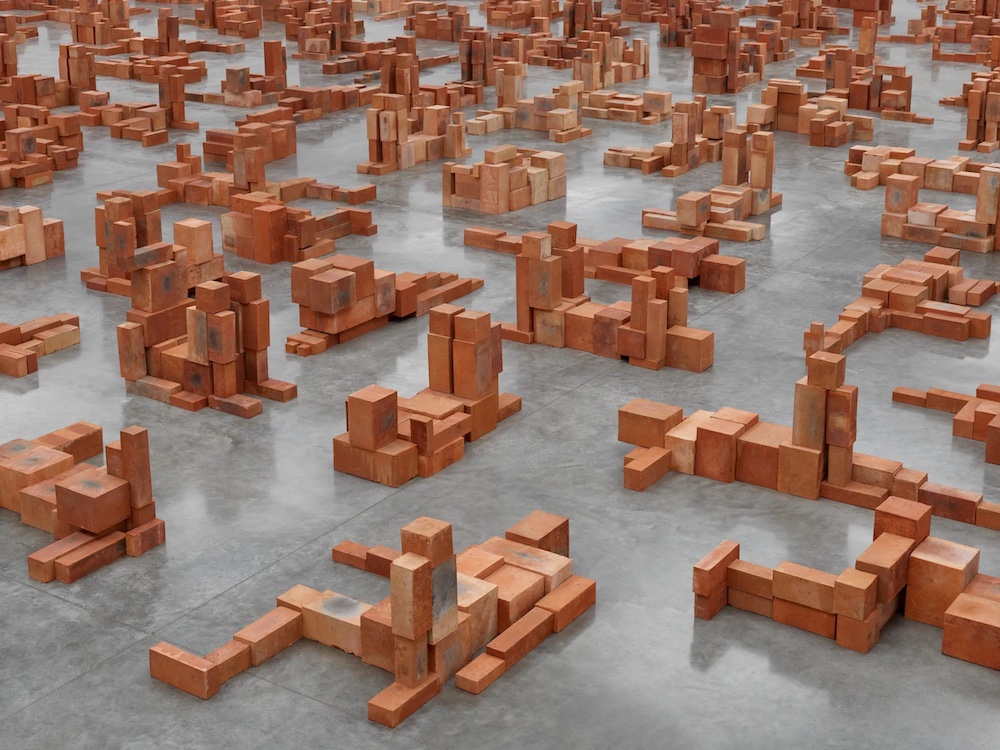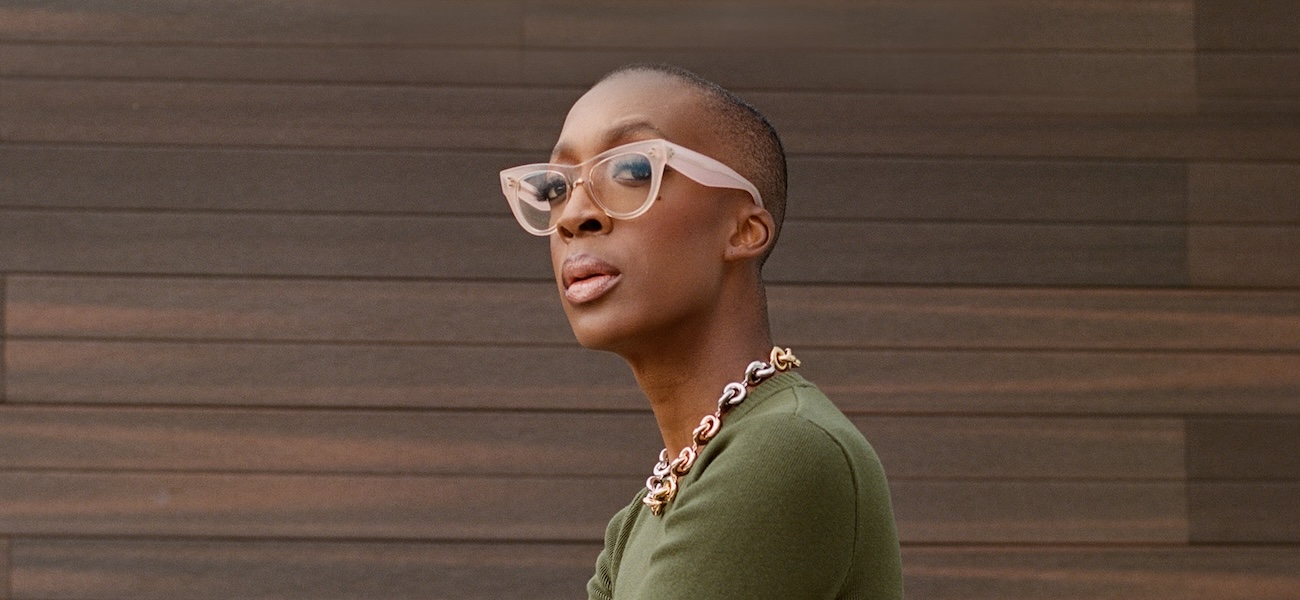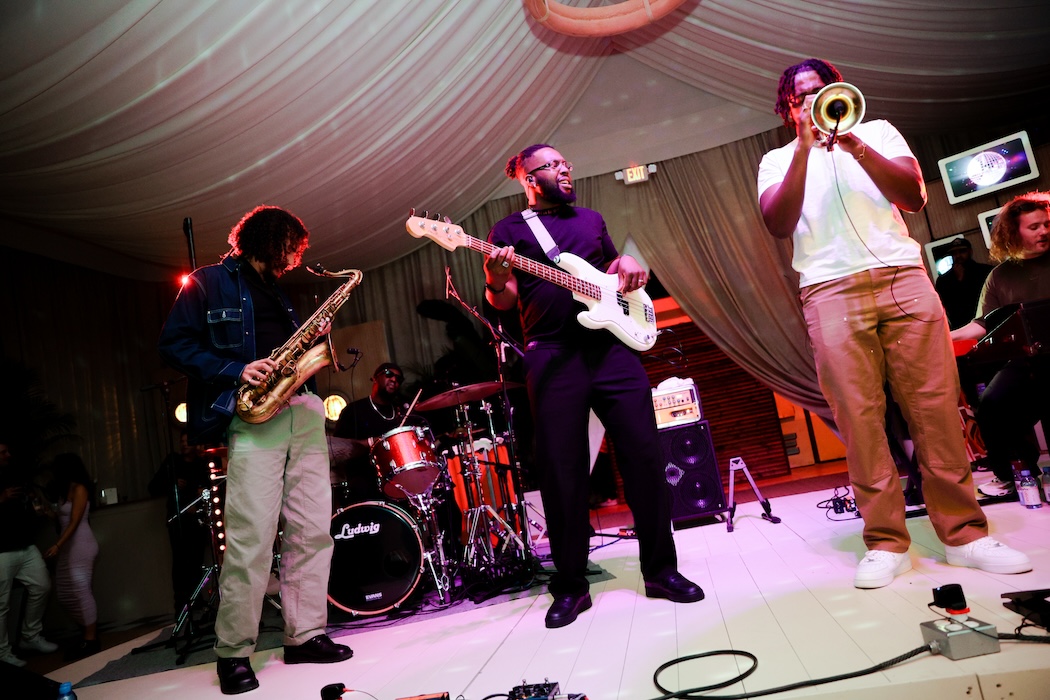Last year, Britain experienced a wave of seminal feeling across its land for both the collective being and individual alike. Disregarding all that track and field nonsense, and speaking more so in terms of artistic occasion, London was fortunate to pay mid-career retrospective tributes to many of their leading lights (or prized assets) who’ve dominated the contemporary scene over the last two decades. One of these usual suspects arrived in the closing stages of last year in what is regarded to be his most poignant show to date–a monstrous installation and culmination of the artist’s body of work. Most notably, speaking of the body, it is clear to many that we’re talking of Antony Gormley’s latest exhibition, Model, held at White Cube’s spacious Bermondsey gallery. Here, Gormley combines his frequency of abstracting the body and structure in their most introspectively explorative forms, examining our conscious state within a modern landscape. Here, I sat down with Antony in the south London gallery to discuss and gather thoughts on his most recent works.
WHITEWALL: What is the relationship between the gallery and its space, and “Model” as a space Is there a significance?
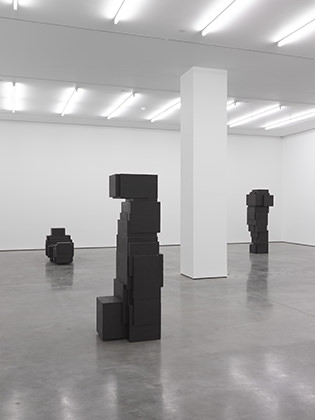
28 November 2012 – 10 February 2013
ANTONY GORMLEY – The way I’ve conceived it, is that I’ve made the central spine of the exhibition (these fourteen or sixteen body forms that are made life size in massive Iron) indicate a human space that also, activates or acknowledge the walls and floor. They do it in such a way that they’re not a narrative and they don’t simply occupy the space; I think they are showing a certain dependency, like Slump or Retreat–they connect the walls and floor. The idea is that they’re catalysts for us to be aware of the architecture and how it determines our behavior. It is the articulation of architecture for the purposes of auto-observation and the observation of each other, because it’s a big body that both in analogous form talks about the collective body, yet also, it’s occupied by the collective body. In some ways it’s an instrument for you to look and observe yourself, negotiating in an architectural like space in a way that you wouldn’t normally.
WW: Do you think viewers see this body as their own or a journey through an unknown identity?
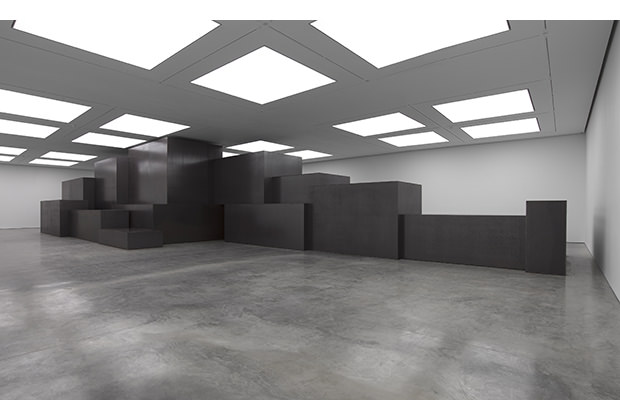
Weathering steel
AG: Well, I think the idea is that, because you’re involved with touch so much, you’re having to do what the bodies in the passage are doing, you’re having to connect yourself to the articulation of this material thing that contains you. In a way it is the continuation of your being inside your own container (which is your body) and yes, I think it’s a combination, isn’t it? You’re obviously dealing with your own fear, and dread, and uncertainty, but interestingly enough I think those feelings of dread and uncertainty once you accept the conditions of the work, rather fade away . . . Well they do for me, maybe I am now very familiar with it and I just like hanging out in it, sitting in the dark.
WW: Do you prefer people to climb over it, because I wasn’t sure whether we could climb on it?
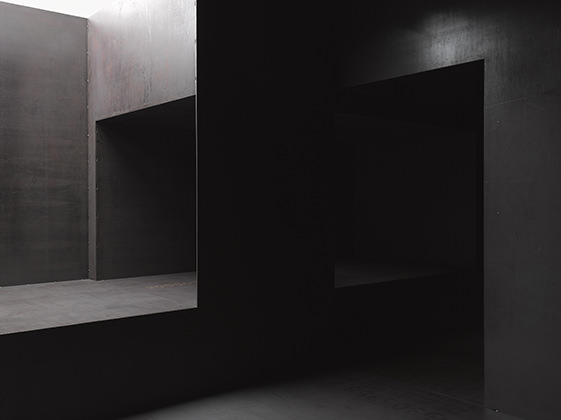
197 5/8 x 1275 9/16 x 535 7/16 in.
AG: Absolutely, I am always encouraging people to. The whole point is you’re supposed to go all over it, but I suppose there are some people who are worried about the implications of climbing.
WW: How do you seek to endure your art?
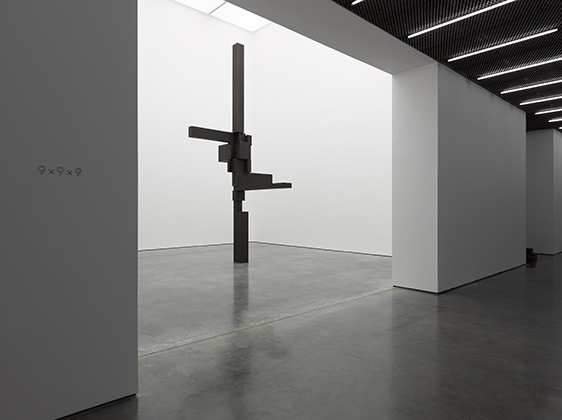
(502 x 3240 x 1360 cm)
AG: I don’t know; I hope that the iron does that. In terms of practicality, things that make the works last are the fact that they’re adamantine, they’re made of strong material. But I don’t suppose you’re only talking about material properties, I think you’re talking about how does something command attention over time and my answer to that is that they have to be true, and what I mean by true is that I think that they have to come from a real experience, and I’d take that very literally. Every single one of my pieces has its origin as it were in a lived moment, which hasn’t been symbolized or interpreted. We start from the place that a body once was, and we try to transfer that place and whatever characteristics it has, to an object, and you make that the first transfer from a lived moment to a thing, and that’s its true claim. Then, you hope that that truth claim will endure, but of course you don’t know.
WW: Looking at your work there is a clear development in your career that is distinctly evident; I see a relationship and bond in “Model’s” structures with your previous works, and I feel this exhibition is a culmination of your art in recognizing the human form within this architectural vice.
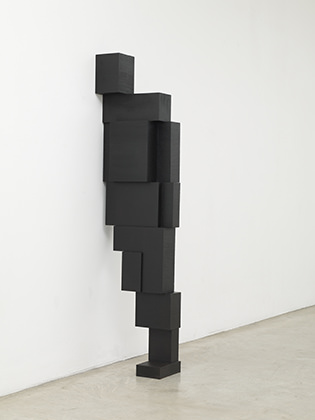
Weathering steel
AG: Yes, I think you’re absolutely right–there is a continuum there. Before there was this sort of provocation at what can we recognize of ourselves in our environment. First of all we have to look at the environment, and that’s a sort of decoy strategy where you get people to look at where they live.
WW: Would you say the public are largely unaware to their surroundings?
AG: Engaging with it is something that not a lot of people do. They treat the built environment as if it were a given, like a geological environment. But it hasn’t, it’s been built, it’s been designed. This is not an organic process, this is a made thing and we have to take responsibility for it. We have to recognize in making this habitat for ourselves it also makes us. I don’t think people realize what implications there are in terms of our imaginations or in terms of—maybe even more basic how we can feel.
WW: When going through “Model,” I felt very alone in my experience. Have you ever sought to purposely create that feeling of isolation, or do you seek for people to relate universally?
AG: I think that you could say the most intense feeling, of being alive, is when you are completely experiencing the present moment, and I think you have to be alone. So, yes the Cloud Chamber was about that kind of intense first-hand experience of how consciousness itself abstracted a consciousness without an object, except that you were immersed in this cloud and you could hear voices, and then every now again somebody would appear. It was very similar to “Model” in that respect, but in this you’re totally alone and yet very aware of being in a, you could say a shared space.
WW: Growing up, when was the realization that being a sculptor was something you could pursue as a living?
AG: Oh god, I never thought about making a living. I mean, I think it was really only when I gave up teaching in 1986, so I must have had some faith that I could somehow make a go of it. But I think it wasn’t until teaming up with Jay [Jopling] in the early nineties where I felt that I was not going to have to be desperately worried about money the whole time, and in terms of career choice it’s funny, I don’t really think of it as a career either.





